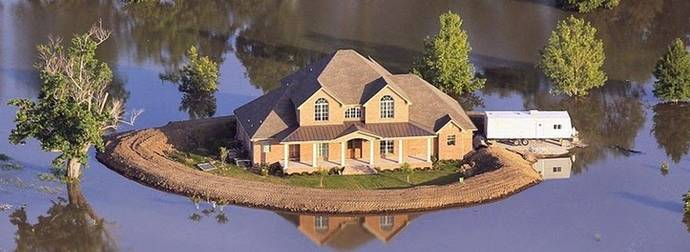The warming of our planet is one of the biggest debates in years. The evidence for global climate change is in the news on a near daily basis. Our weather gets crazier by the year, from polar vortexes to super hurricanes. We are all lucky to still be live.
While Mother Nature isn’t the kindest to the people of Earth, take a look at what is happening on the surfaces of other planets. You might consider us lucky.
Mars
Mars has no atmosphere, making it extremely difficult to sustain human life as we know it. Mars’s missing atmosphere is a mystery, but there is still plenty of bizarre weather happening on the planet. The poles are covered in ice caps, and there are intense snowstorms. While our snow is made of frozen water, Martian snow is actually made from frozen carbon dioxide, or “dry ice.” There are also a ton of dust cyclones that violently tear up the planet.
Jupiter
What you’re looking at is Jupiter’s most famous hurricane, The Great Red Spot. It has raged for over 400 years. This storm is so massive, to the point where three Earths could easily fit inside it. There is another spot, known as the Oval BA, which was discovered about seven years ago and is now moving as fast as its larger counterpart. It appears to be increasing in size.
Mercury
As the closest planet to the sun and almost completely devoid of atmosphere, it is easy to see why Mercury becomes extremely hot. However, since there is little atmosphere, it is difficult for the planet to retain heat, leading to intense temperature fluctuations. Because it lacks an axial tilt, there are no seasonal changes in the weather. It also rotates incredibly slowly, as it only completes about three “days” every two years. When Mercury is closest to the sun, the surface temperature can reach over 800º F. During nighttime, temperatures can drop down to -290º F.
Neptune
Neptune has storms large enough to swallow the entire Earth and bands of weather that mark its latitude. The planet also has the most violent wind in the solar system, which can reach an astonishing 1,500 mph. Since there is little to speak of in terms of topography, there is nothing to slow these gusts of winds down. It also has the ability to rain diamonds, so that is pretty rad.
Saturn
Saturn’s atmosphere is mostly made up of hydrogen, leading to incredibly violent wind storms. The speeds can reach up to 1,000 miles per hour. Comparatively, the strongest gust of wind ever recorded on Earth was in 1996 at around 253 miles per hour.
Uranus
Uranus is the coldest planet in the solar system, with temperatures hitting -371ºF. Uranus is quite odd, as it is tipped entirely on its side. Its north pole faces the sun. This may have been the result of a massive collision, as its magnetic field does not align with its poles. Since this planet is so far away, it is hard to get an accurate read on what’s happening on the surface. However, massive hurricanes were studied via infrared telescopes, and it is also known to rain diamonds.
Venus
With a super-thick atmosphere of mostly carbon dioxide, Venus is able to trap more of the sun’s radiation than Mercury, which allows it to reach (and retain) much higher temperatures. The surface temperature stays relatively consistent all year at 900º F. Rain on Venus is almost purely sulfuric acid, which is extremely corrosive. Sulfuric acid can erode clothing instantly and produce severe burns on flesh. However, the surface temperature of Venus is so great, the rain evaporates before hitting the ground.
I don’t know if I would want to go to any of these planets with our current technology. In fact, I’m 100% certain I never want to leave Earth at this moment in time. Let’s take care of our planet before we end up like Venus. Yiiiiikes.
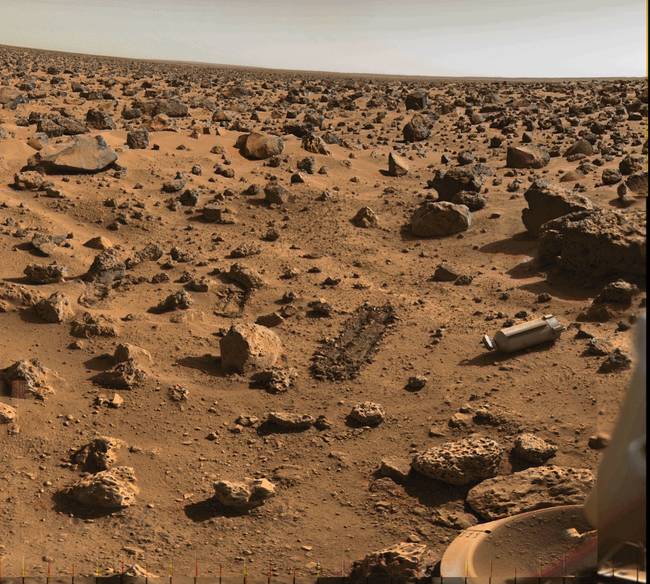 share
share
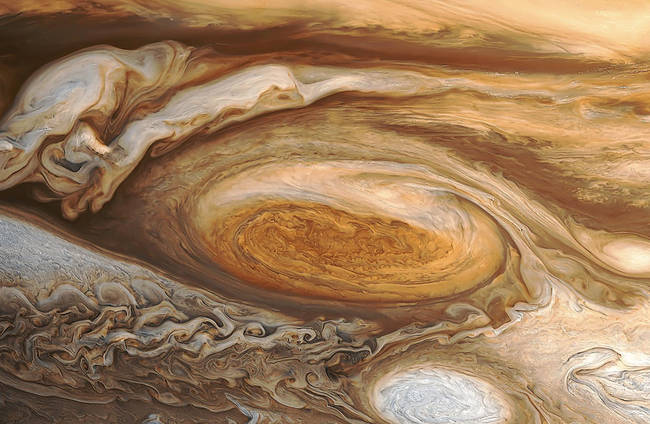 share
share
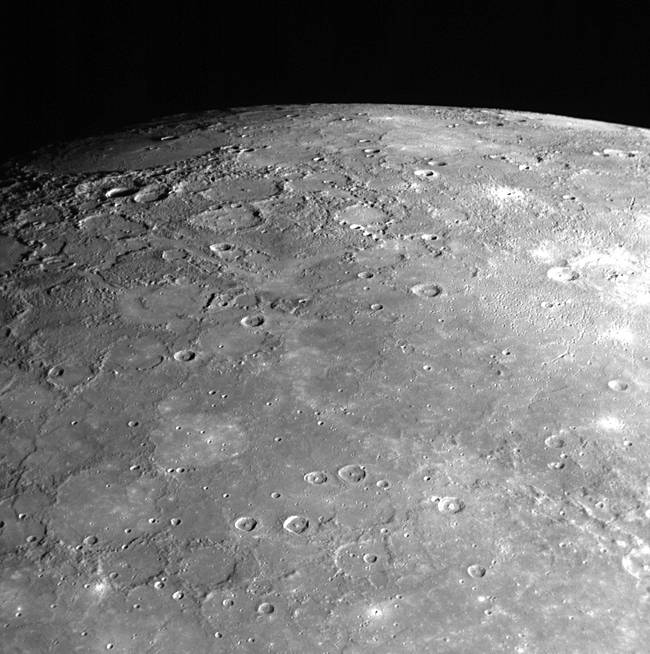 share
share
 share
share
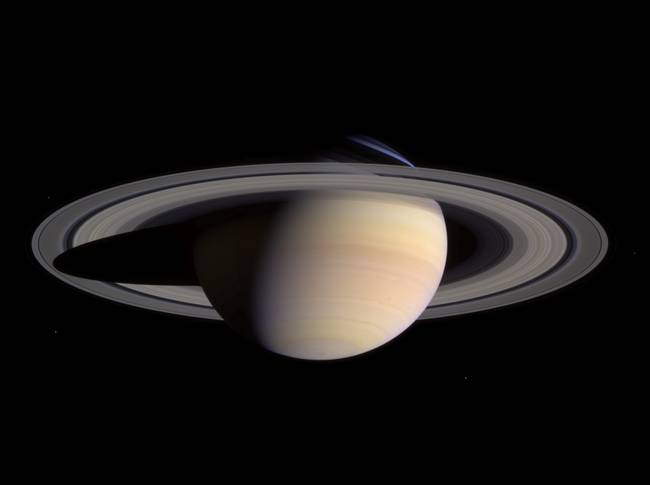 share
share
 share
share
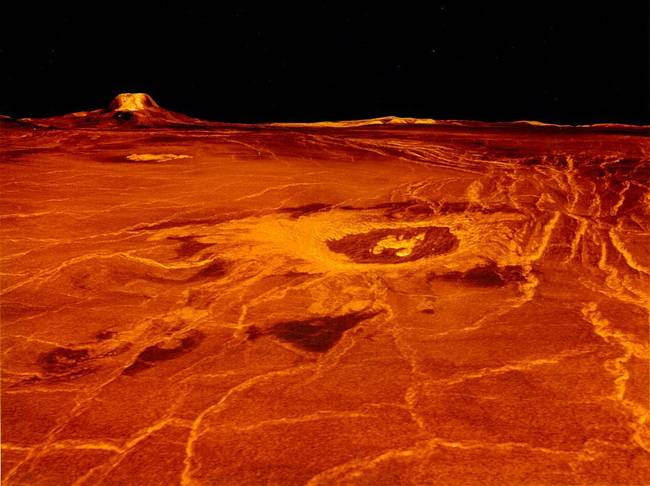 share
share


